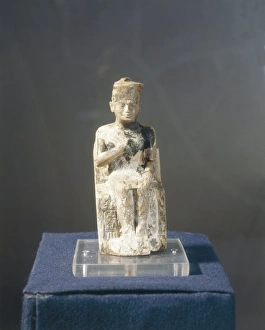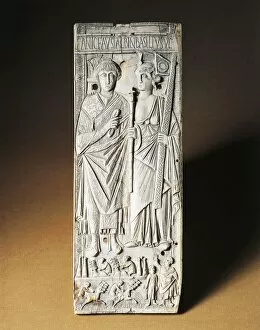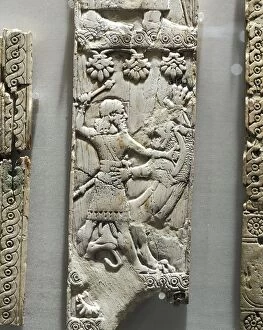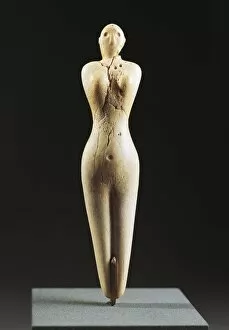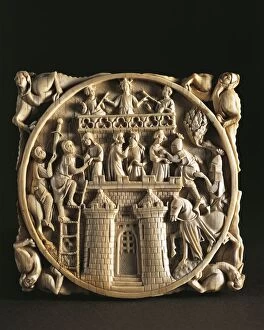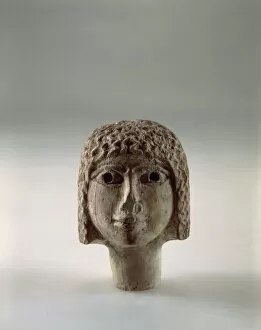Ivory Collection (page 55)
"Ivory: A Tale of Elegance and Controversy" Ivory, a precious material with a rich history, has captivated civilizations for centuries
All Professionally Made to Order for Quick Shipping
"Ivory: A Tale of Elegance and Controversy" Ivory, a precious material with a rich history, has captivated civilizations for centuries. From the majestic ivory mask worn by the Oba of Benin during ceremonial occasions in Nigeria to the painted plaque depicting Tutankhamun and Ankhesenamun in an enchanting garden, it has been cherished as a symbol of beauty and power. In Africa's vast wilderness, a large African elephant gracefully feeds along the edge of the Zambezi River in Mana Pools National Park. Its magnificent tusks remind us of the allure that ivory holds. Walking beside this gentle giant are three more African elephants, forming an awe-inspiring line that echoes their ancient presence on this continent. The significance extends beyond its aesthetic appeal. Ancient Phoenician traders recognized its value and traded it across ports, connecting cultures through commerce. Even renowned artists like Sarah Goodridge immortalized its elegance in her masterpiece "Beauty Revealed, " showcasing how they are reveal true beauty. However, alongside admiration comes controversy. The burning fire consumes over 105 tonnes of confiscated ivory and one tonne of rhino horn—a powerful statement against illegal wildlife trade that threatens these magnificent creatures' existence. Yet amidst these conflicting narratives lies another tale from history—the intricate diptych featuring Stilicho on one side—an artifact crafted from exquisite ivory craftsmanship dating back centuries ago. Similarly, Ivory played a role even at royal weddings—like the iconic 1947 ceremony where bride and bridesmaid dresses exuded opulence fit for royalty. Beyond artistry and celebrations lie other intriguing uses for this remarkable material—a girl engrossed in reading while sitting before an oil painting titled "Girl Reading" showcases how even everyday objects can be transformed into works of art using delicate carved ivories as seen throughout history. Even firearms bear witness to the allure of ivory; such is evident in the cased Colt Dragoon Model 1848 revolver from England.








